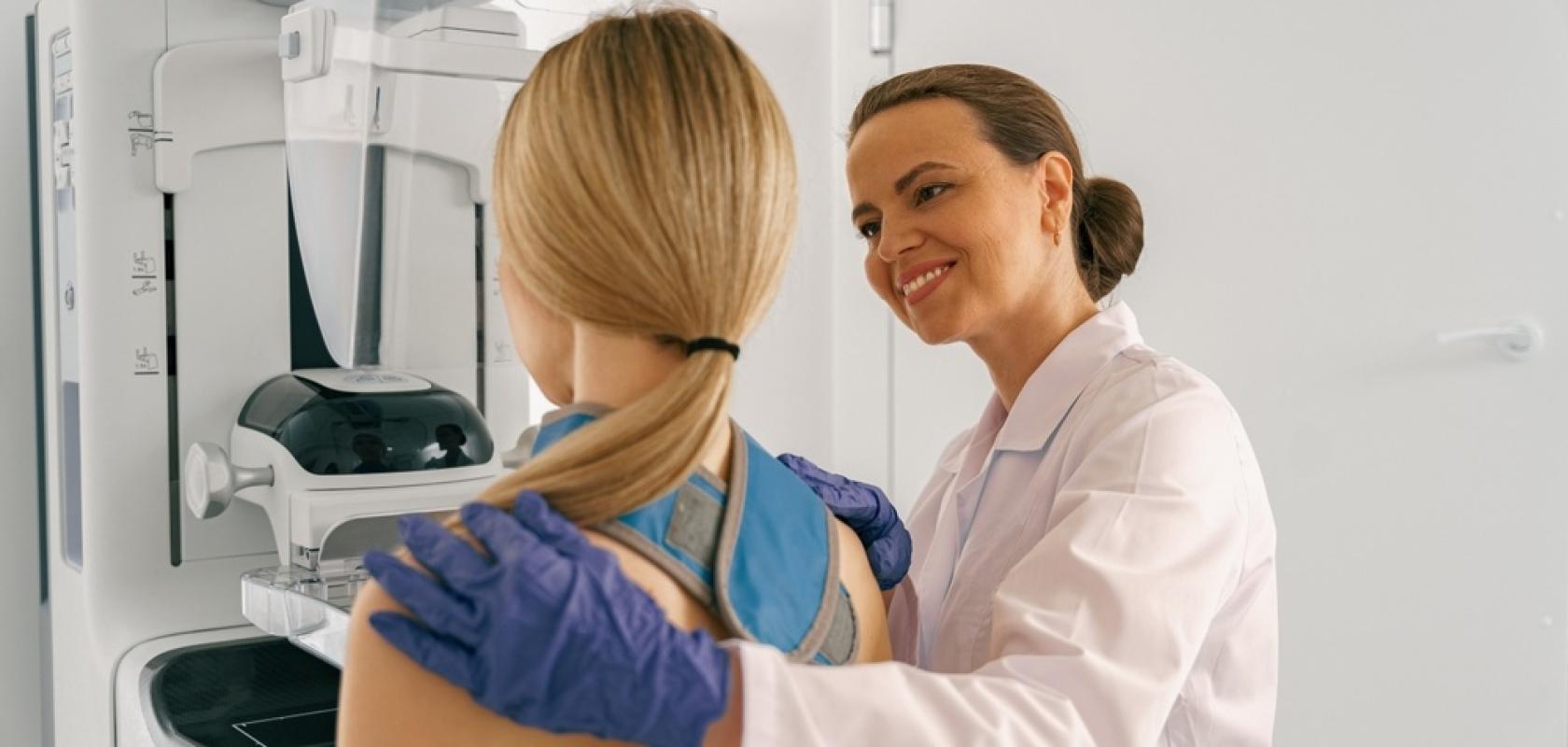A smartphone used with a thermal imaging sensor and artificial intelligence could be used to screen for breast cancer.
Researchers in Armenia evaluated the smartphone-based thermal imaging sensor in combination with AI to determine its effectiveness in detecting breast cancer earlier, especially in settings where mammography is not available or accessible as a screening or diagnostic tool.
Temperature changes indicative of cancer can be detected with thermal imaging
Breast cancer is one of the greatest global health concerns for women, with rising incidence rates and mortality projections. However, affordability and access to mammography screening and diagnosis, especially in low- and middle-income countries, remain a challenge.
Since cancerous tumours often have a higher metabolic rate than normal tissue, they emit more heat. Therefore, thermal imaging can be used to determine a difference in temperature compared to normal tissue.
With thermal imaging sensors being made ever smaller and more affordable, such as the Flir Lepton micro camera (used in this study), which is already embedded in some smartphones, the technique shows promise as an early, mass-screening tool for breast cancer. New generation thermal sensors in consumer smartphones have a standard high resolution of 160x120 and 19.200 pixels and can detect temperature differences of 0.050°C.
Another recent development is the use of artificial intelligence in thermal imaging. AI can be used to improve the analysis of thermal images and identify potential abnormalities in breast tissue temperature. This can help to reduce human error and subjectivity in interpreting thermal images, as has already been seen in the interpretation of mammograms.
Thermal imaging compared to mammography
A clinical validation study at the Erebouni Medical Center Breast Unit in Armenia tested a breast cancer pre-screening (BCPS) tool designed for primary care personnel over a period of six months. The tool, developed by a Swedish life science company, combines Flir Lepton thermal sensors with proprietary AI.
The team tested a cohort of 478 women, of whom 45 were diagnosed with breast cancer after biopsy. Participants were first screened with the BCPS before undergoing the standard breast screening pathway. After studying the mammography results, if malignancy was discovered, a biopsy was performed and taken as the ground truth when comparing with BCPS artificial intelligence results.
When combined with patient-reported or clinical symptoms, the BCPS tool achieved a sensitivity of 89% and a specificity of 83% compared to mammography. When clinical or patient-reported symptoms were not taken into account, sensitivity was considerably lower (60%), while specificity was higher (88.2%).
The study was recently published in the journal, Cancer Screening and Prevention.
User friendly and accessible
The BCPS solution uses AI to analyse thermal images of the breast area at the pixel level. The algorithm identifies abnormal temperature patterns that could be indicative of malignant tumour development. A risk prediction score is then generated, and if the risk is high, the patient is recommended to visit a breast cancer specialist.
The BCPS solution is designed to be user-friendly and accessible to individuals who are non-specialists. According to the researchers, It holds the potential to alleviate various obstacles that hinder women from accessing mammography screening. These barriers encompass factors such as fear, radiation concerns, financial constraints, limited availability, lack of awareness, and cultural factors.
“In the future, more studies should be performed for different use cases such as the investigation of pathological lymph nodes,” said the study authors. “Also, it might be useful to compare the device to other modalities used in breast cancer screening and detection such as point-of-care testing, MRI, and contrast-enhanced mammography.”
Credit for main image: Yaroslav Astakhov/Shutterstock


